[이데일리 김혜선 기자] The James Webb Space Telescope (JWST), located in space 1.5 million kilometers from Earth, is the pinnacle of human space science and technology. If the Hubble Space Telescope observed the region of visible light visible to the human eye, James Webb expanded mankind’s field of view by observing the near-infrared (0.6-5㎛) and mid-infrared (5.5㎛) regions. -25.5㎛).
James Webb can only do 6,000 hours of observing work during Cycle 1. Conducting research with James Webb has been a “dream” of astronomers around the world. The Space Telescope Science Institute (STScI) selected a total of 286 research proposals after thoroughly evaluating their scientific value through a blind evaluation. And James Webb has been on the observing schedule non-stop since he sent in the first photo last July.
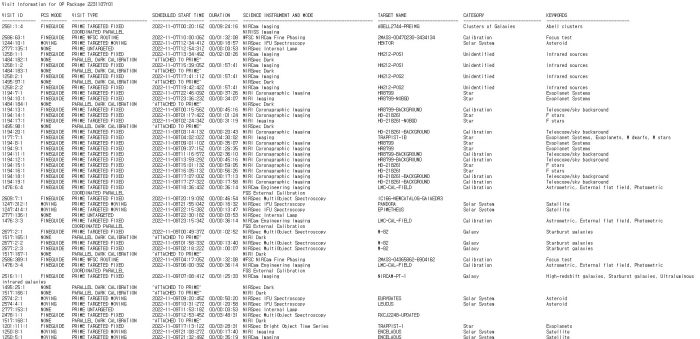
NASA is releasing photos of James Webb that have been peer-reviewed. Since September 19, we have been announcing “pre-released” images every other week through our official blog. Scientific papers must go through peer review to be recognized, but sometimes “pre-publication” is done without peer review for quick information sharing.
This document submission method exploded during the COVID-19 crisis. It has been used as “collective intelligence” around the world, such as the rapid sharing of the coronavirus genome sequence. Even NASA accepted this academic atmosphere and decided to share research results more quickly through James Webb.
Edaily Snaptime brings you some interesting pre-released images of James Webb.
◆ Wolf Rayet 140 cosmic tree rings
Dr Ryan Lau of the US National Science Foundation observed the strange wavelength of Wolf-Rayet 140 located in Cygnus through James Webb and announced the results on the 12th of last month. The rail has a diffusion pattern that resembles tree rings. Telescopes on Earth could only see two patterns, but James Webb was able to see up to 17 patterns. When Dr. Ryan first saw this image, he said he suspected the light was so strong it was an optical illusion.
Dr. Ryan called these models “dust shells.” Wolf-Rayet stars are very massive stars that are probably black holes and have the property of dispersing huge amounts of gas into their surroundings. However, in WR140, the two stars interacted and formed a distinctive tree-ring-shaped pattern. As the stars approach each other every 8 years, they create a lot of gas and dust, and as they move away from each other, the gas reduces and “rings” form.
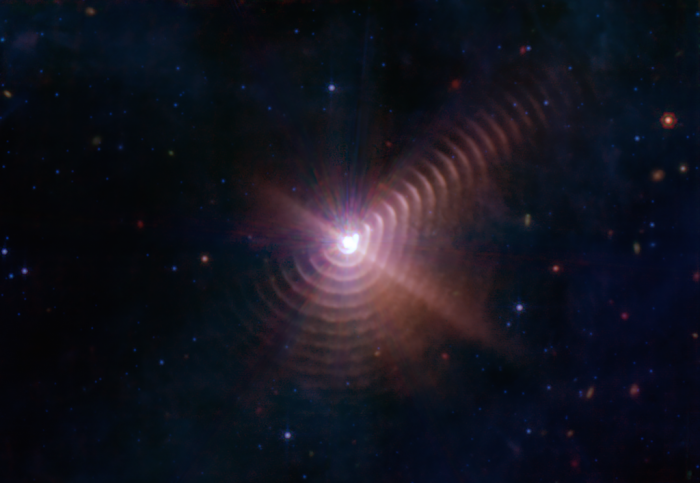
◆ The early universe peeked through a gravitational lens, it turns out there were two points
On the 26th of last month, Dr. Dan Coe’s research team at the European Space Agency examined the famous MACS0647 galaxy cluster with a gravitational lens. This galaxy cluster is so massive that it bends light, so you can observe MACS0647-JD, the “most distant galaxy in the universe” hidden behind it. Using the galaxy cluster itself as a “telescope” to view distant galaxies.
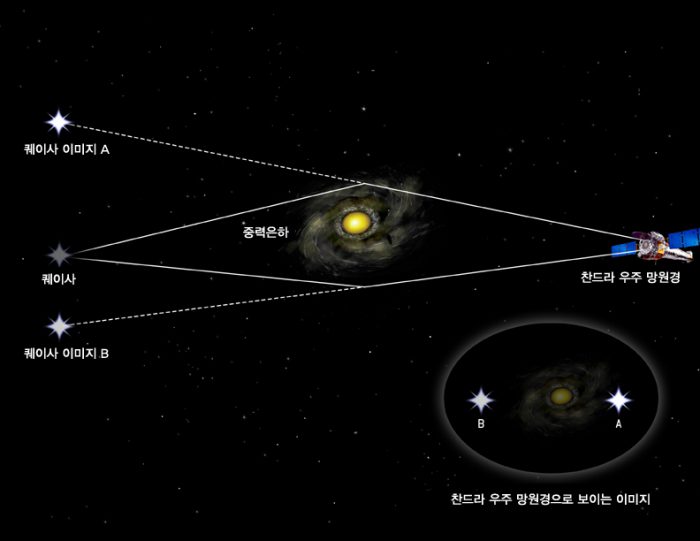
The part with the gravitational lens does not look like the original celestial body, but it is magnified and distorted, or in some cases it appears to be multiple. MACS0647-JD is also a galaxy that appears as a total of three images due to gravitational lensing. Dr. Dan Ko first discovered MACS0647-JD in 2012 with the Hubble telescope. In Hubble, MACS0647-JD appeared as a “red dot,” but when I looked again with James Webb, I found two lumps.
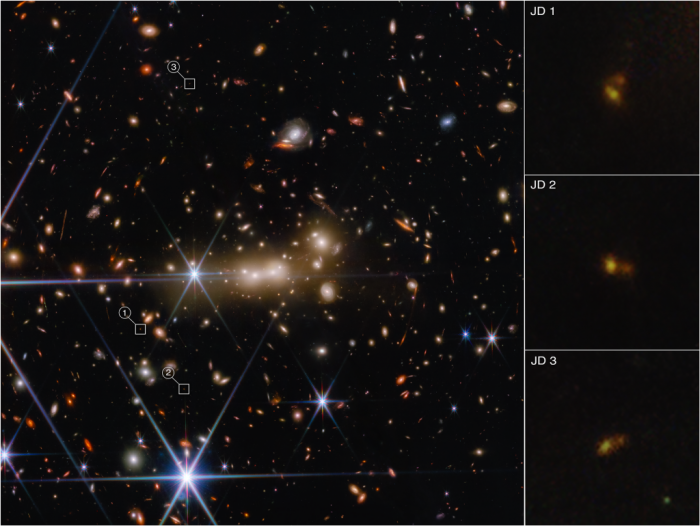
Dr Dan Coe said he has not yet been able to determine whether these two lumps were ‘stars’ or ‘galaxies’. However, the researchers are very excited, stating: ‘It could be a merger of galaxies in the early universe.’ The researchers hope that “studying them can help us understand how galaxies like the one we live in today can evolve, and can tell us how the universe has evolved over time.”
To explain a little more, the light we see from MACS0647-JD is 13.3 billion years old. Since the universe is approximately 13.7 billion years old, MACS0647-JD will be a valuable clue for studying early galaxies.
◆ Amazing zoom by James WebbWLM extension
On the 9th, Rutgers University professor Kristen McQuinn observed the dwarf galaxy WLM and experienced James Webb’s extraordinary “zoom ability”. The WLM is a galaxy close to 3 million light-years from Earth that has attracted the attention of astronomers because it is densely filled with stars, though it lacks any dust or gas compared to other larger galaxies.
The research team noted that the WLM is an “antisocial” galaxy with little influence from other galaxies. Also, since it has a chemical composition similar to that of galaxies at the time of the early universe, it is hoped that it will provide insight into how stars form in the early universe.
Above all, the research team was impressed by the discovery of “more stars” that hadn’t been seen through existing telescopes. In WLM, James Webb identified countless stars of different colors, sizes, temperatures, ages and stages of evolution.
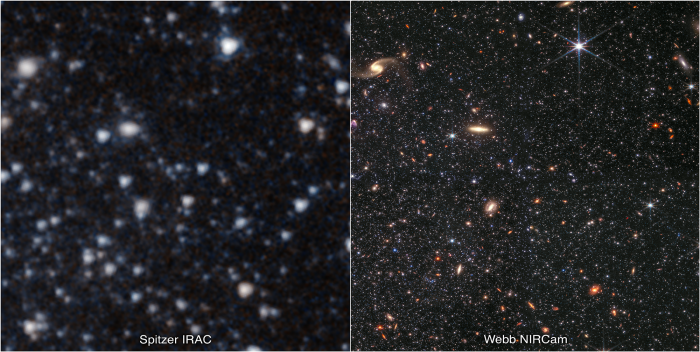
In the meantime, we have prepared another video to check James Webb’s amazing “zoom ability”. The Canadian Space Agency (CSA) shared a video on its official Twitter on the 7th of last month, starting with a video taken by the Very Large Telescope (VLT) located in the highlands of Chile and ending with a photo of James Webb. The video begins with the Milky Way, which extends beautifully across the night sky, and extends to the nearby Large Magellanic Cloud and the Tarantula Nebula (Tarantula) within it. The last image in the video is James Webb’s capture of numerous stars in the Tarantula Nebula, previously hidden by dense gas. Feel the vastness of the universe.


